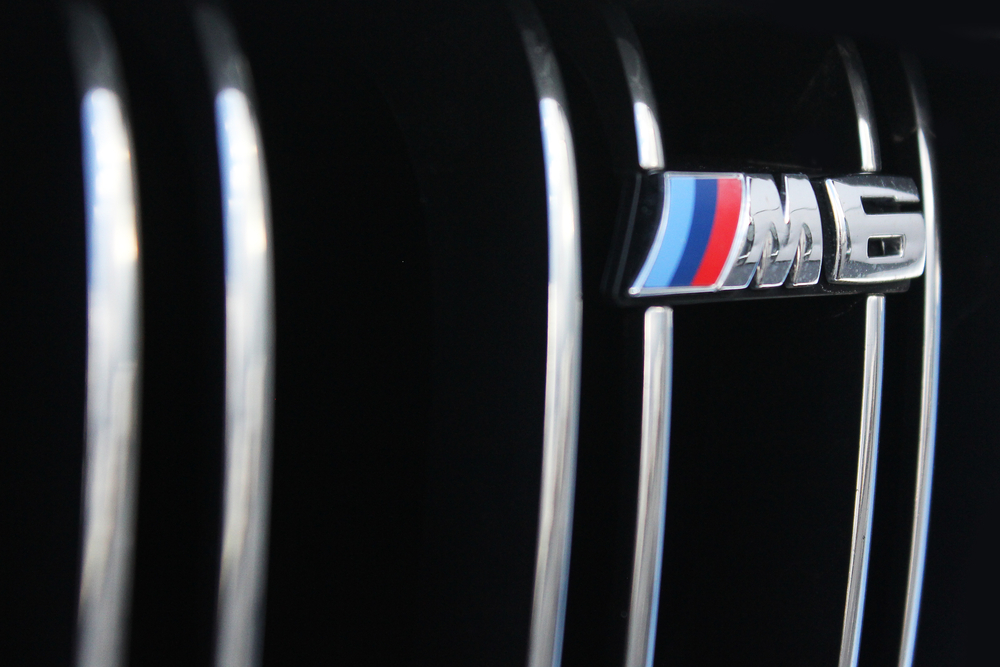
If there is one letter in the alphabet that will raise the pulse then it is the ///M. It stands for Motorsport and BMW only use it when they have something truly special. And it all started with a M6.
BMW introduced the 6-series back in 1976, which was an absolute prestige project. With a timeless design and sober elegance, it featured a famous shark nose and a black B-pillar with seemingly continuous side windows. Luxury and comfort, combined with many standard electronic functions dominated the interior, as the first six series marked the entry into the electronic age time. Nicknamed ‘The shark’, this was one of the most beautiful cars ever made by BMW. More importantly, it gave birth of a new upper-class type of car: a gran tourer. This was a perfect car for quickly crossing continents in style and comfort.
E24
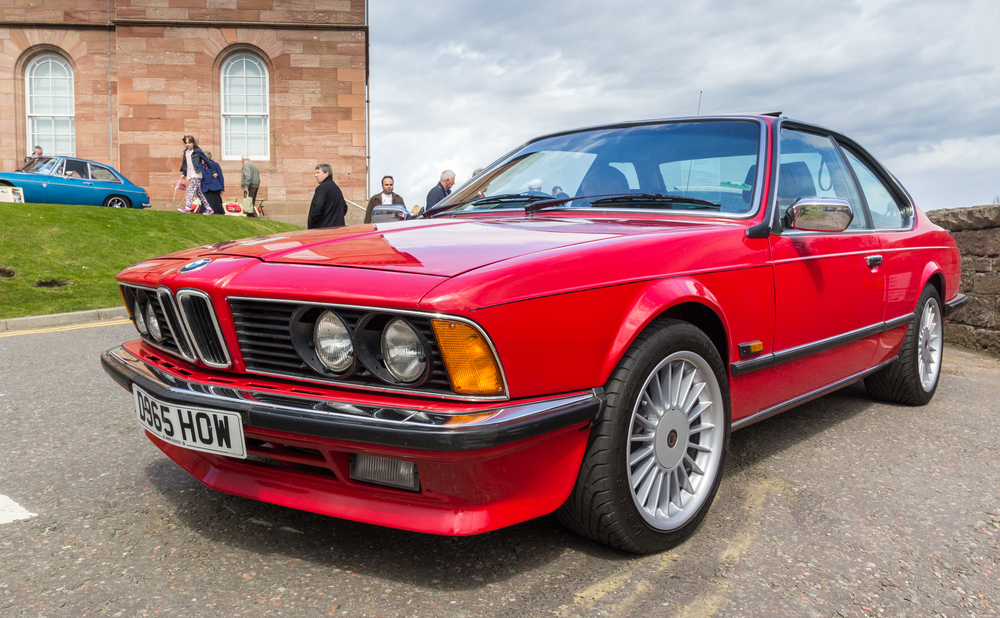
It was up to M-division to spice things up, by making the 6-series even sportier. What they revealed in 1983 changed the automotive world forever. Compared to a stock 6 series, the main difference was under the hood. Here, a standard 6-cylinder engine gave way to a modified version of the M1 racing 3.5 liter power unit. It enabled superior power at low engine speeds, while excelling by its cultivated smoothness and turbine like running characteristics. With 286 HP and 250 lb-ft of torque on the tap, this engine was superior even to much larger V8 engines. A modified 5-speed gearbox provided optimum torque conversion rates, getting power and performance onto the road more effectively.
Similarly, all other parts and components influencing the road ability have been re-designed to match the particular performance. Harder springs and shock, reinforced stabilizer bars and wider rims guaranteed a larger road tire contact area. The result is a considerable improvement in road contact under all conditions, better directional stability, and the reduced body roll. Various aerodynamic improvements helped optimize chassis performance, with spoilers reducing body uplift.
This considerable improvement guaranteed a standard of performance reminiscent of a racing car, while the vehicle stability up to the utmost limits ensured a high standard of active safety. This is how the M635CSI was born. Well, at least that was the name used in Europe. For the US and Japan, they used a shorter variant: M6. Although it came with an updated engine featuring catalytic converters and ‘just’ 255 HP, this did not stop it from becoming an automotive icon.
E63
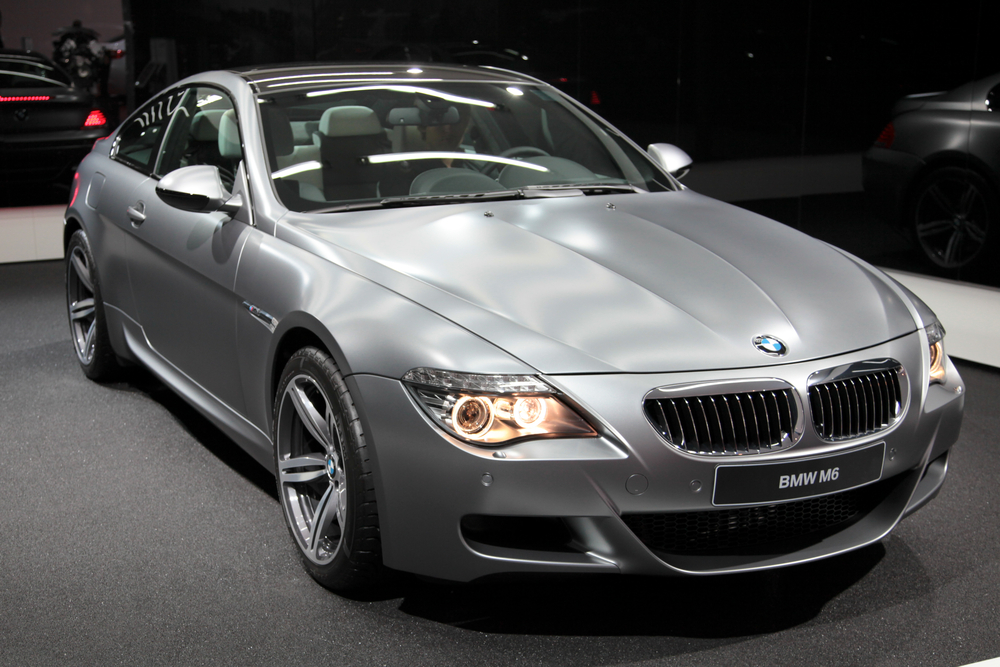
The second generation of M6 hit the market in 2005, after a 16-year pause. Much like any other BMW of that time, the new flagship received much criticism due to its controversial 'flame surfacing' style philosophy. However, BMW claimed that styling was ahead of the time, and it would be a huge hit in the future. And they were right, as these cars aged beautifully, keeping their fresh and modern looks even by today's standards. Inside the car, latest technologies such as I-drive infotainment system and a practical Heads-Up-Display, were combined with sporty seats and a range comfort features. Lastly, the addition of a soft-top convertible helped widen the customer appeal.
On the technical side, a new M6 was a shortened version of an M5 saloon. This meant the new M6 had the same Formula 1 derived powertrain, mated with a similar array of gadgets. The screaming 5 liter V10 unit goes up to 8.200 RPM and delivers 500 HP and 384 lb-ft of torque. Lastly, a 7-speed sequential manual gearbox combined with an electronic limited slip differential ensured maximum performance and control on the limit. Various weight saving tricks, such as carbon-fiber roof and aluminum hood, helped overall vehicle dynamics.
However, the biggest advantage of the whole package was the ability to customize all the major driving characteristics. You could choose from various throttle response, gearbox harshness, traction control, and suspension firmness settings. And of top of that, you can even choose from two engine power outputs, selecting either a powerful 400 HP or a ferocious 507 HP option. You could have all these different settings available at the click of the button. That suited the character of the performance grand tourer just perfectly.
F12
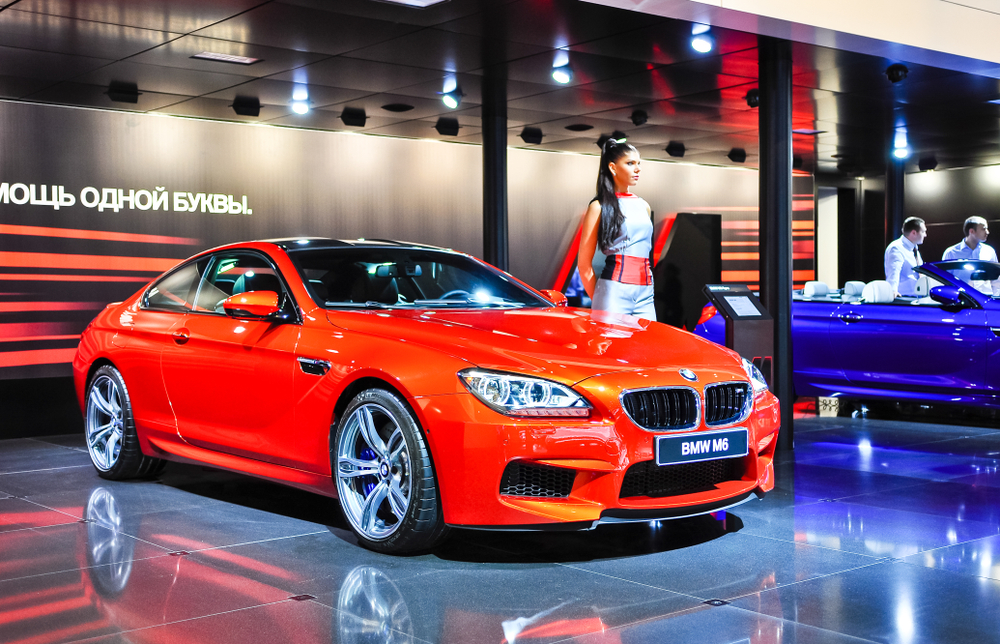
The new M6 was a natural evolution, with styling and design following overall patterns set by a previous generation. Introduced in 2012, all new M6 grew slightly in all directions and gained some extra weight, much like the 5 series. Still, this did not affect the driving dynamics and handling capabilities, thanks to extensive suspension upgrades and modifications. With the body design not dramatically different from the predecessor, it was available in a new 4-door gran coupe body shape, as an addition to coupe and convertible. This not only ensured more practicality but helped BMW take on similar cars from rivals, Mercedes and Audi.
Yet, the main difference was under the hood. To stay in touch with carbon conscious times, V10 engine gave way to a smaller V8 engine. Many true fans disapproved this, but to be honest, making a suitable successor for that iconic V10 was one of the hardest challenges in some time. After all, that were quite big shoes to fill in. Still, all new 4.4 liter twin-turbocharged V8 with 560 HP and a massive 502 lb-ft of torque, proved to be a worthy successor. It had a great torque range, was very effective and could rev to over 7,000 RPM. Lastly, as it has turbos placed in between the V, the throttle-response is quite brisk. Combined with a 7-speed dual-clutch transmission and torque vectoring M-differential, it was more than capable sport gran tourer.
M6 and Motorsport
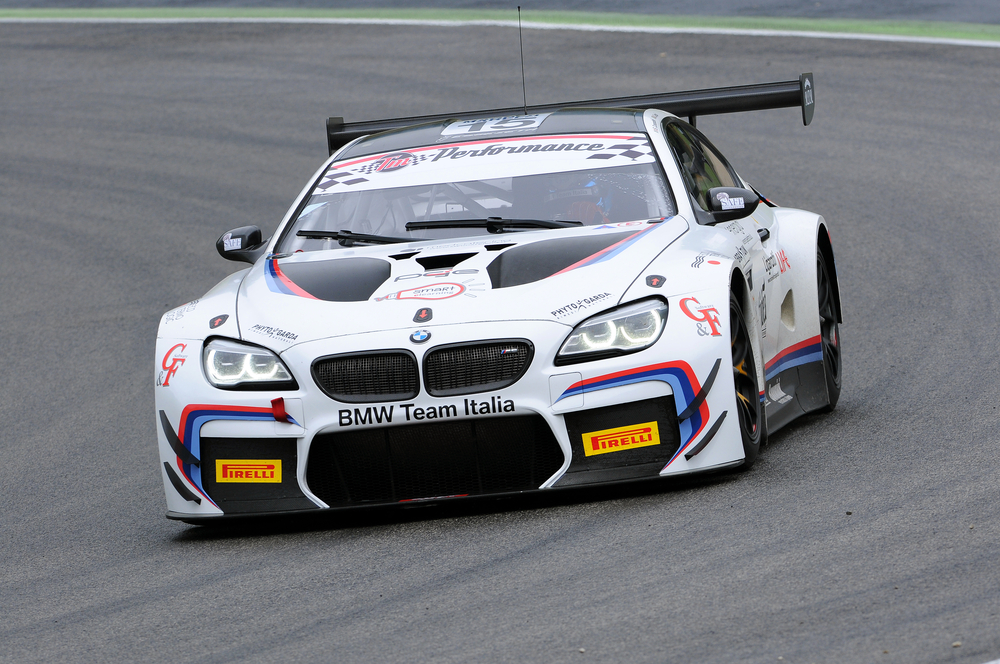
BMW used an M6 as a starting point for developing a racing car which would compete in GT3 series, where rules dictate that manufacturers must base competition cars on production road going models. However, this car does not share much common points with average M6. One of them is an 4.4 liter twin-turbocharged V8 engine, while another one is the actual body shell itself. As this is a purpose-built race car, there are many modifications made for the GT3 category. Aerodynamically, it has a lot of downforce, with the big wings and a small ground clearance. A transaxle drive concept, incorporating a sequential six-speed racing gearbox and differential into one casing helps keep the perfect weight distribution. Naturally, the suspension settings and geometry matched racing purposes, with slick tires and wider track providing maximum grip.
Find a factory repair manual for any BMW 6-series here.
